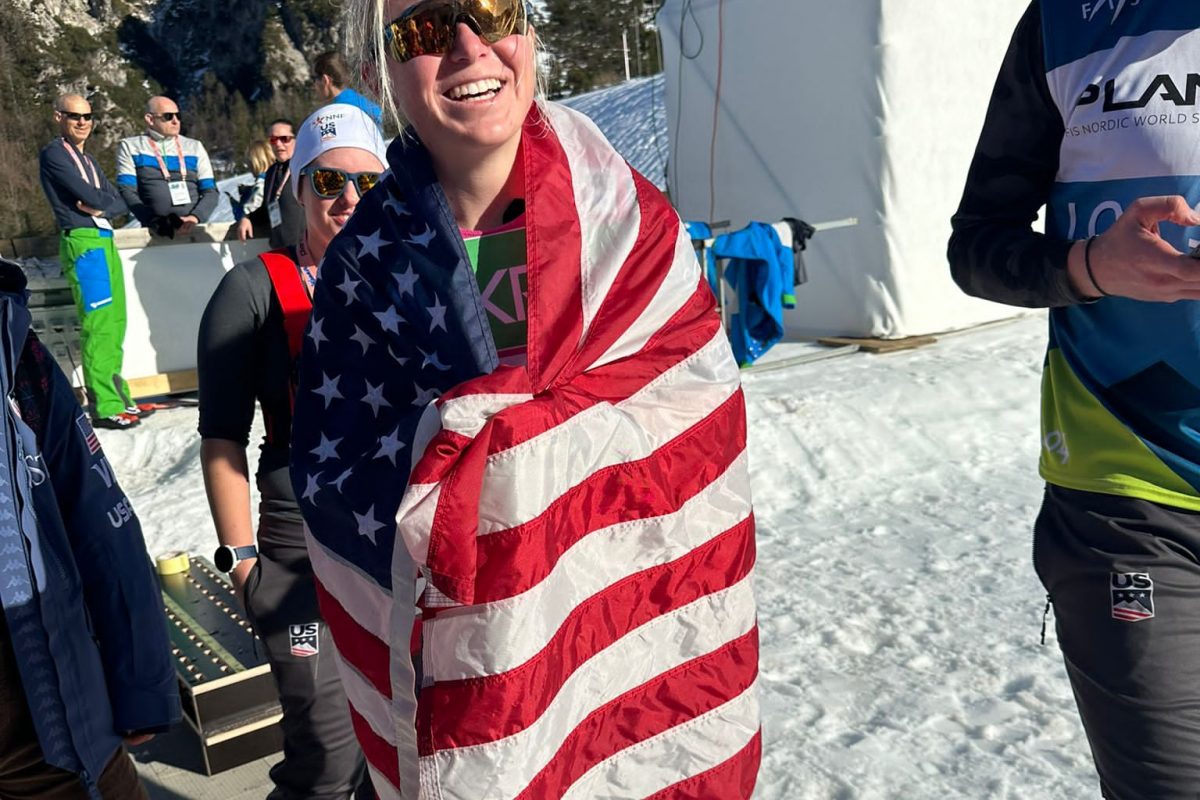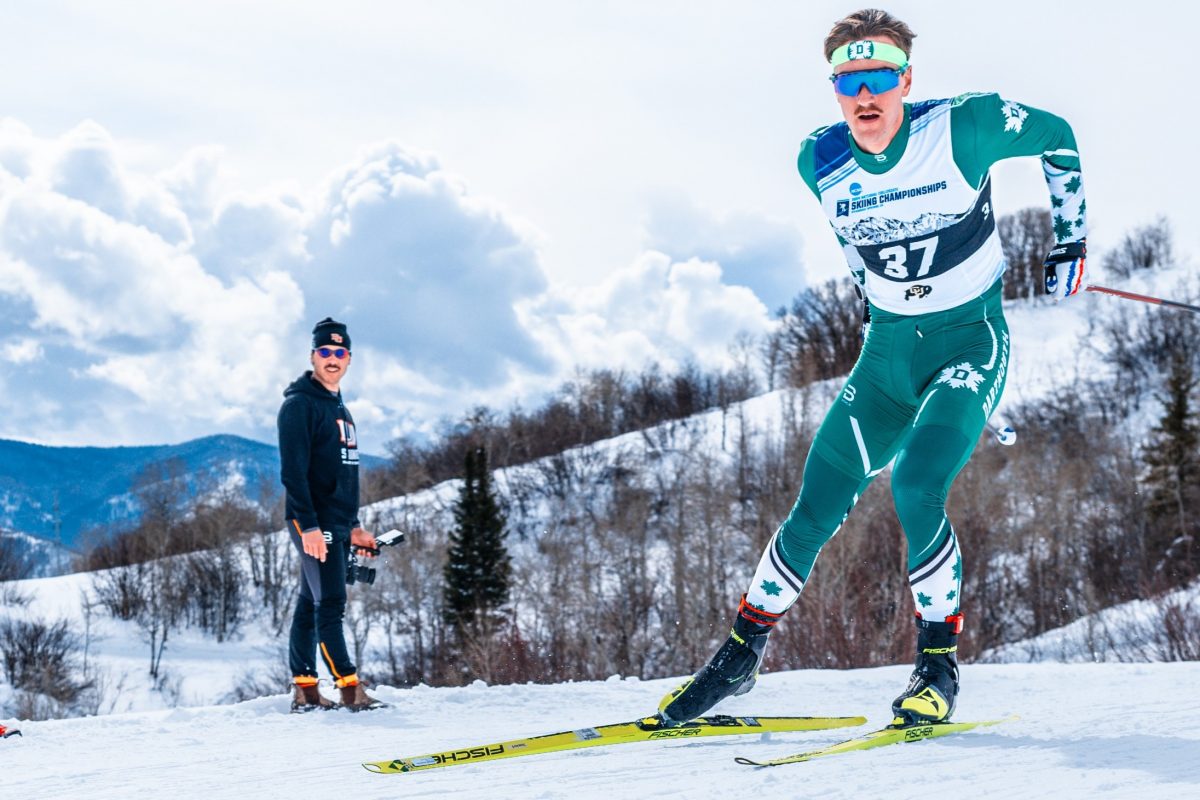Our recent series on biathletes facing the question of when and whether to go to college (parts one, two, and three) produced more interview material than we could fit into the three-part sequence, but we wanted to share a few more of the ideas with you anyway. What do biathletes do if they miss a target in a relay? They use a spare round. This week, we’re presenting you with short briefs on a few lingering topics.

In the first part of our series, we focused on several elite junior biathletes who, bucking the conventions of the early- and mid-2000’s, decided to go to college before returning – often extremely successfully – to biathlon. Without a single exception, the five athletes said that today’s juniors should not rule college out as a means of facilitating a long-term career in biathlon.
But in general, the biathletes had another message, too. It was that one reason they were able to succeed as college athletes and then return to biathlon, and maintain a serious focus on training despite the challenges faced by student-athletes, was that before going to college they had taken a year or several off to train full-time. That period, which often involved race tours in Europe, gave them the tools to make their plans work.
Juniors, they seemed to suggest, can have it both ways: they can complete their junior careers by going into biathlon after high school, thus increasing their chances of having top results at the international level, but still end up with a degree, potentially funded by scholarship money, and a fresh sense of motivation to compete into their 30’s.
Why is the postgraduate option so alluring? In their own words, biathletes and coaches explain it.
Walt Shepard, five-time U.S. national champion who attended Bowdoin College: “I really got a lot out of my time between high school and college, both from a training perspective and from a life perspective, just getting to do so much traveling and the opportunity to train full-time for something, that was really meaningful. To go back to school five years later, I had a lot more life experience and perspective, and I think I got a ton more out of my academic experience. So I think the whole thing worked out pretty well for me.”
Annelies Cook, two-time World Championships competitor and University of Utah alumna: “I was just a little bit more mature than some of the young guys coming in, so I would train a little bit more than what they did on the team. I had four years of training experience under my wing, I didn’t go to school as an 18-year-old who might have been more prone to wanting to party. That worked really well in communicating with Eli [Brown] and Wendy [Wagner].”
Eli Brown, Cook’s coach at Utah: “I think it’s really important that [taking postgraduate years to ski] becomes more of the norm. The thing that’s most important for the nation’s development is the trend that we have seen recently of more 20-year-olds, or 25-year-olds or even 30-year-olds on the SuperTour results sheet. The next change I’d like to see is more postgraduate options, and we should have more junior college teams out there. Not only keeping college on the radar, but moving it back a year or two would make it better.”
Carolyn Bramante, 2006 Olympian and Dartmouth College graduate: “I think the main thing that has worked for me and Sara [Studebaker] and Laura [Spector] is that we all learned how to shoot in high school – it’s a lot easier to come back to it, especially something like shooting. So if people want to go to college I support it, of course, and if you can do as much training and really a lot of coaching and shooting [before college], that’s really important.”
Per Nilsson, head coach of the U.S. national team: “The early senior years when you are building up your fitness are probably the best to miss for a biathlete, to take advantage of that and get a degree in school. When you are younger you work on a lot of basics in technique, so to miss the practical biathlon coaching here is not an good idea.”
Lowell Bailey, 2006 and 2010 Olympian, and University of Vermont alumnus: “To come from the idea of being a national team athlete to the idea of being a university student is something that I don’t think is given a lot of thought. But there are definitely a lot of examples of people who have successfully gone or are in higher learning.”
Al Serrano, Bailey’s coach at the University of Vermont: “[Bailey’s] experience and intelligence added to the development of our training plans. We were able to work on overall plans that revolved around specific workouts. He did not need me or anyone else to tell him what to do every day – he understood the process.”



